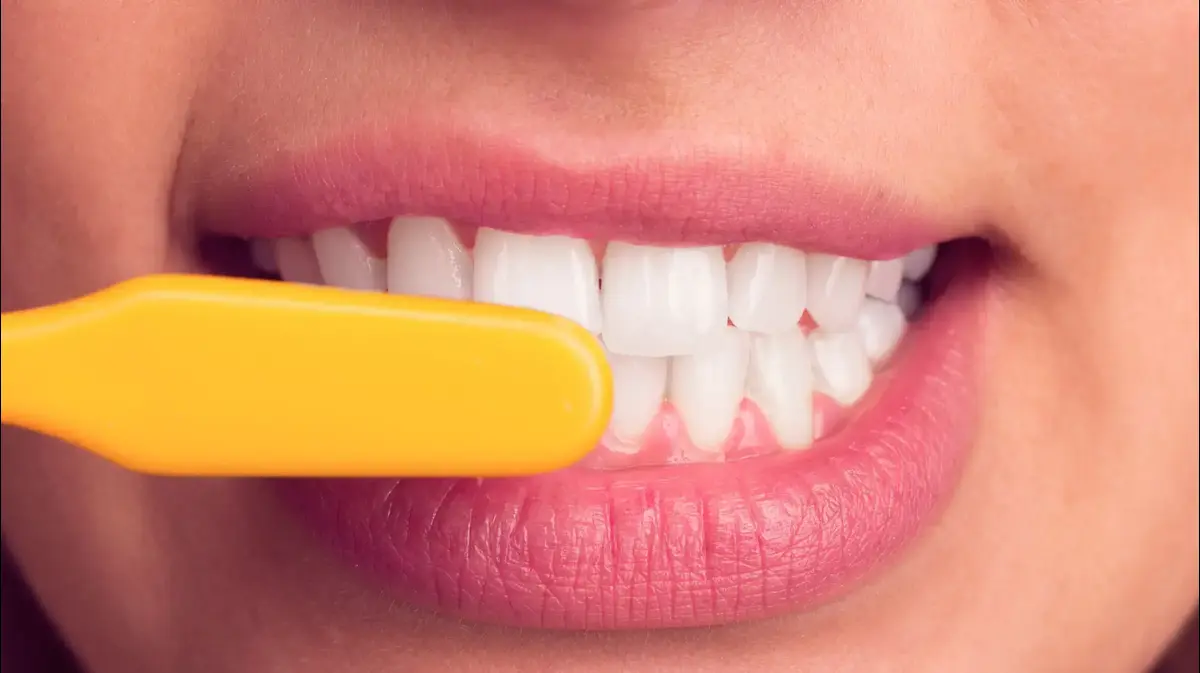This is what the ratio of your body size says to your health
How can your height predict the risk of cancer and heart disease, and what does the length of your feet indicate about your diet? Studies show that the size of different parts of our bodies suggests which diseases we may suffer. It turns out that sometimes size does matter
This is what the ratio of your body size says to your health
In the video: people with unusual limbs in their size
The size of different parts of our body can indicate if you are at risk from a variety of illnesses (only the length of your fingers is associated with more than 40 diseases and personality traits). In some cases, the dimensions of our body parts are already established in the womb or during childhood; Others can be the result of an adult lifestyle. Here are some measurements to make and what their health means.
More in Walla! NEWS More in Walla! NEWSDoes the waist circumference determine the risk of getting cancer?
To the full articleHead sizes
How to measure?
Cover the head with a measuring tape, from the protruding part above the eyebrows, to the widest part at the back of the head. The average man's head circumference is 58.4 cm; the average woman's head is 56 cm.
What it means?
A study by Singapore National University Hospital showed that people with relatively small heads were 2.1 times more likely to have dementia. Another study found that people with smaller heads and lower education were 4 times more likely to have dementia. One theory argues that as brain cells develop better in a person's early years (our brain reaches 93 percent of its full size by age six), they provide a better shock absorber for life. Researchers from Singapore wrote: "A smaller head circumference, which indicates a smaller cranial volume, inhibits brain maturity and affects the ability to build a cognitive reserve that can act as a protective factor against dementia later in life."
People with a small head are more likely to have dementia. Hands massaging girl's head (Photo: ShutterStock)
Hands massaging girl's head with eyes closed (Photo: ShutterStock)
More in Walla! NEWS
It's time to find out what your foot tells you about a study Find: People with 6 fingers in one hand are better than us The surprising connection between finger length and tendency to betray women every day about 50 Israelis have a heart attack: the medical service that will save your life earlierWaist and hip ratio
How to measure?
Divide the extent of your waist (X) by the extent of the hip (Y), which means the ratio is the result of X divided by Y.
What it means?
According to the World Health Organization, a healthy waist-to-hip ratio for women is up to 0.85; For men up to 0.9. Owners of the "apple body" - that is, those who have more weight around the waist - face more health risks than the "pear body" - who have more weight on the hips. Many studies have shown that fat accumulation around the waist leads to a more significant risk of heart disease, type 2 diabetes and cancer. A possible explanation for this is that fat cells around the waist tend to be very active, producing compounds that can damage the body's system to regulate blood sugar levels.
Research at the University of California showed that the children of "Agassi" women (low hip to hip ratio) performed better on intelligence tests. Their brain benefits, apparently, are thought to be the result of essential fatty acids for brain development stored in the fat around the hips.
Waist fat suggests heart disease, type 2 diabetes and cancer. Woman measuring waist circumference (Photo: ShutterStock)
Woman measures waist circumference with measuring tape (Photo: ShutterStock)
height
We reach our final height at around age 20, and it marks a chain of events that we move from conception to adulthood.
What it means?
Studies have shown that the higher a person, the greater his risk of six cancers. A study by the American Cancer Society looked at the relationship between height and weight and death from breast cancer and found that breast cancer mortality increased with height: women over 1.70 meters were 64 percent more likely to die from the disease than women.
Other studies have shown an increase in height and risk of prostate cancer and pancreatic cancer. On the other hand, a Harvard University study showed that men over 1.85 meters were 35 percent less likely to have a heart attack than men under 1.52 meters. A possible explanation for this is that the genes, nutrition and hormones to which we are exposed in the womb and childhood not only affect the height, but also the growth and behavior of all cells in the body. The mix that will result in higher altitude may also increase the risk of certain diseases.
The ratio of fingers
How to measure?
Measure each finger from its point of contact with the palm to the edge. The ratio is obtained by dividing the index finger length (finger) by the length of the finger. The average ratio for a man is 0.95; For a woman the attitude is approaching one.
What it means?
In men, a longer spike has been linked to high fertility, aggression, increased risk of ADHD, as well as baldness, but a lower risk of heart attack. In women, a long spike has been associated with a reduced risk of early breast cancer and a tendency to develop osteoarthritis of the palm.
The finger-to-toe ratio has been associated with a host of health and personality theories. Man's fingers (Photo: ShutterStock)
Man's hand with three fingers open (Photo: ShutterStock)
There is a plethora of theories about the relationship between finger and finger, from its ability to reveal information about our health, to the predictor of behavior and the psychology that drives us. Studies have found that the longer the finger prick, the higher the uptake of the male hormone testosterone in the uterus. High exposure to uterine testosterone slows the growth of the index finger, which may leave people with a greater relative gap between the fingers.
Here you can read about 4 research explanations for possible implications of finger length on various aspects of our lives: financial status and income level, serial monogamy, longer sex, anxiety and depression.
Feet-body ratio
How to measure?
Measure the full height in standing and then move to the sitting and measure the torso - from the apex to where your buttocks meet the chair. Finally, reduce the length of the torso from the total height you initially measured, for leg length. This gives the leg to body ratio (for example, if torso length X and leg length Y, leg to body ratio will be X: Y).
What it means?
According to theories and studies, the length of the legs relative to the torso signifies the rate of growth and quality of nutrition during childhood: longer legs are a sign of fast growth and good nutrition. Short legs in relation to torso suggest slower growth and negative environmental factors such as poor nutrition, poverty and maternal smoking in pregnancy.
Studies also show that relatively long-legged carriers have a higher risk of prostate and testicular cancer, menopausal breast cancer, endometrial cancer and colorectal cancer. On the other hand, they are less likely to develop type 2 diabetes (probably due to childhood nutrition). The shorter leg holders were found to have a 20 percent increased risk of disease, including overweight, heart disease, type 2 diabetes and liver problems.







